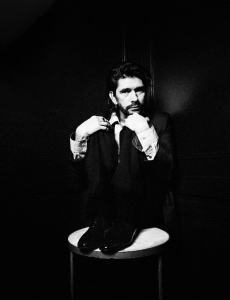PORT chats to the Italian filmmaker about the relationship between man and machine, and how passion can be more important than professionalism An exclusive cut from Yuri Ancarani’s award-winning short film, Il Capo
For over 2000 years the marble quarries in the Apuan Alps above Carrara in Italy have been a hive of activity. Methodically decapitated, the mountains have provided stone for The Pantheon, Michaelangelo’s David and Snøhetta‘s 2008 Oslo Opera House and has been exported as far as India, for the Akshardham in Delhi, and the United Arab Emirates for the monumental Sheikh Zayed Grand Mosque in Abu Dhabi.
Prized for its tranquil, translucent whiteness, Carrara marble belies the physically draining and dangerous work of the quarrymen that extract it. Even though the marble is the oldest and most successful material to be exported from Italy, by the end of the 19th century conditions in the quarries were so terrible for the few desperate enough to work there that they become a hotbed of anarchism.
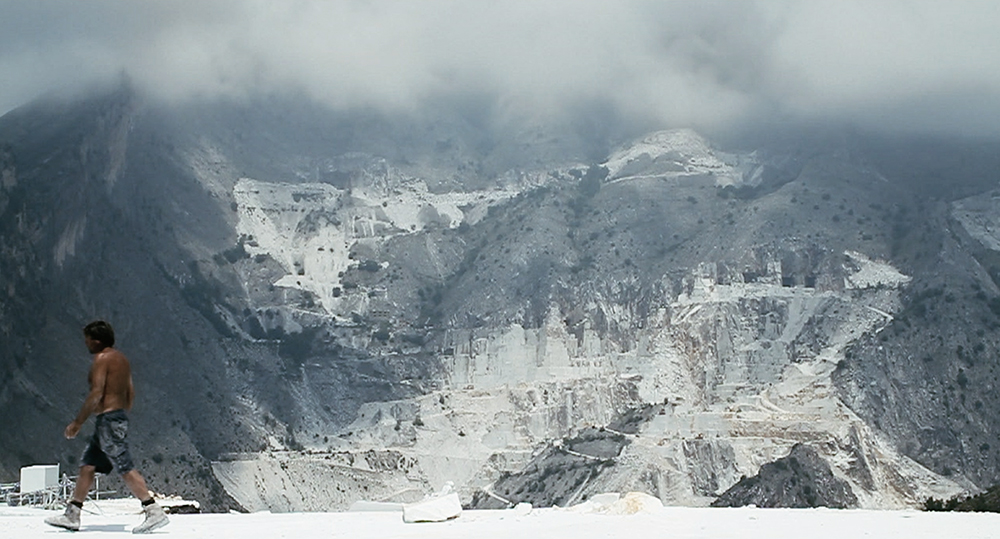
Today, life in the quarries has improved, but it remains dirty, deafening work; the day before Yuri Ancarani, a filmmaker from Ravenna in north Italy, arrived in Carrara, a worker had lost his leg. Initially attracted by the beauty of the quarries – a gleaming white wound on the mountainside – Ancarani quickly realised the true beauty lay in the people who worked there. The first in a trilogy of films, Il Capo focuses on the chief of the Monte Bettogli quarry, the patriarch of what are still mostly family owned businesses.
Having learned their jargon, Ancarani was eventually accepted by the quarrymen and resolved to film with a small crew to gain intimate access to quarry life. The result is a beautiful short that marries documentary filmmaking with art. As we premiere this exclusive cut from Il Capo, Ancarani speaks to PORT about the process of filming in the quarry, the concept behind his La Malattia del Ferro film trilogy and exploring the relationship between man and machine.
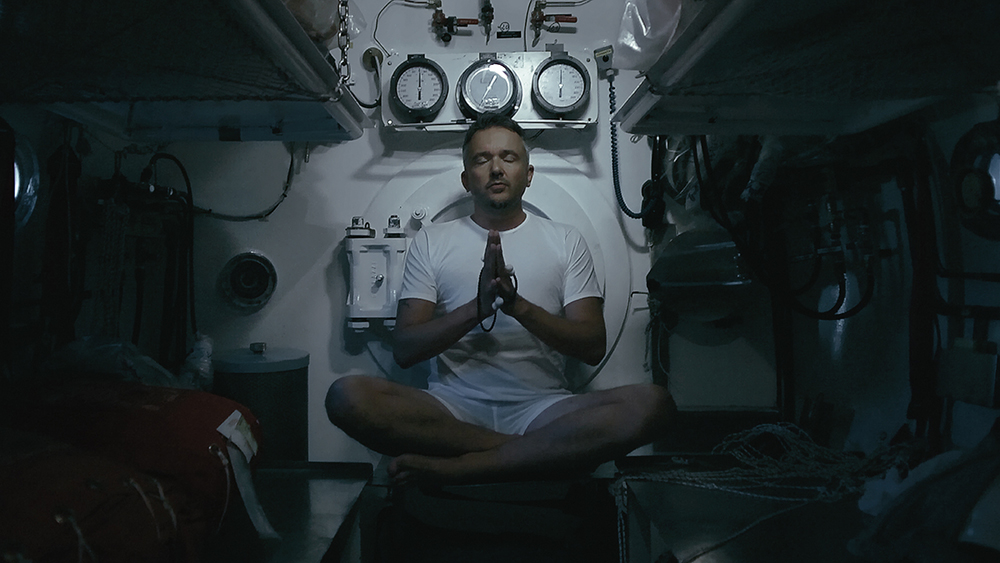
How do you define your films?
I am interested in experimenting, in working with the moving image, throughout every situation – art, cinema, music, architecture. I am often advised to take a firm position on my films, but I don’t like being confined by genres. However, we live in a moment in which genres are falling and I think it is necessary to ride the wave. And of course when something cannot be fitted into a delineated space, it is probably something new.
How do you find the subjects for your films?
I start with the tales of my friends, of people that I meet on the street, in bars. They are often strange tales, little-known themes. I base a lot on my rapport with people, on what I discover by observing them. I examine them, and, when I like them, the film is born.
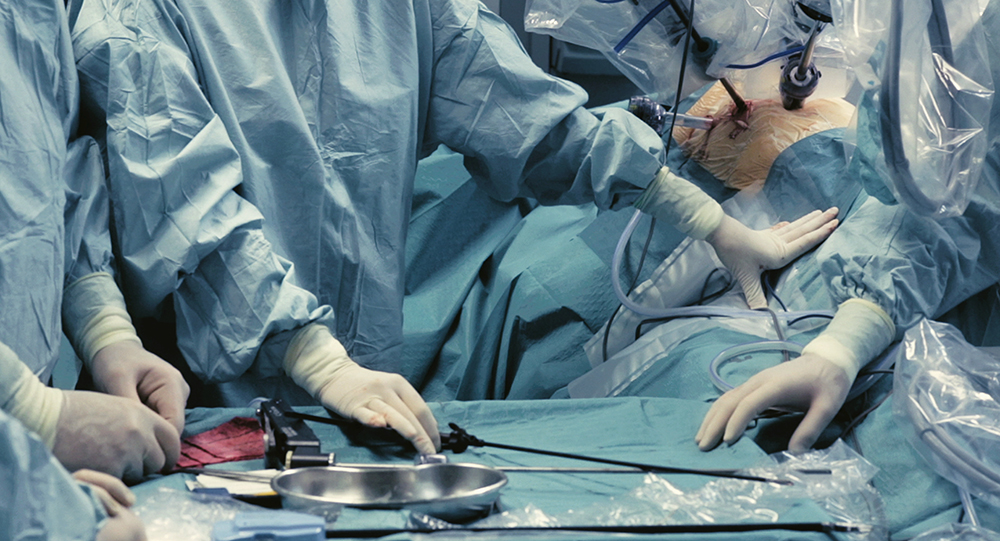
Could you explain the concept of the trilogy La Malattia del Ferro (The Malady of Iron)?
The trilogy La Malattia Del Ferro includes: Il Capo (2010), Piattaforma Luna (2011) and Da Vinci (2012), three films centred around the direct confrontation of certain individuals with environments and situations that could overwhelm them. In these three films the protagonists are confronted with the power of nature (Il Capo), of technology (Da Vinci), and with an environment at the limit of endurance (Piattaforma Luna).
In this trilogy I talk about myth and heroism, but without a rhetoric, instead considering what stimulates the desire to move forward, to live. In the same way, I try to make people think about the fractures provoked by technology in the relationship between man and the machine, between work and the natural environment.
The movements of the capo cava (quarry chief) in Il Capo, who directs the excavators involved in the irreversible operations on the mountain through simple hand gestures, are reminiscent of a conductor and can be likened to the surgeon’s work in Da Vinci. The surgeon, performing a surgical intervention with the help of a joystick, creates a powerful juxtaposition between a vital medical operation and a frivolous video game.
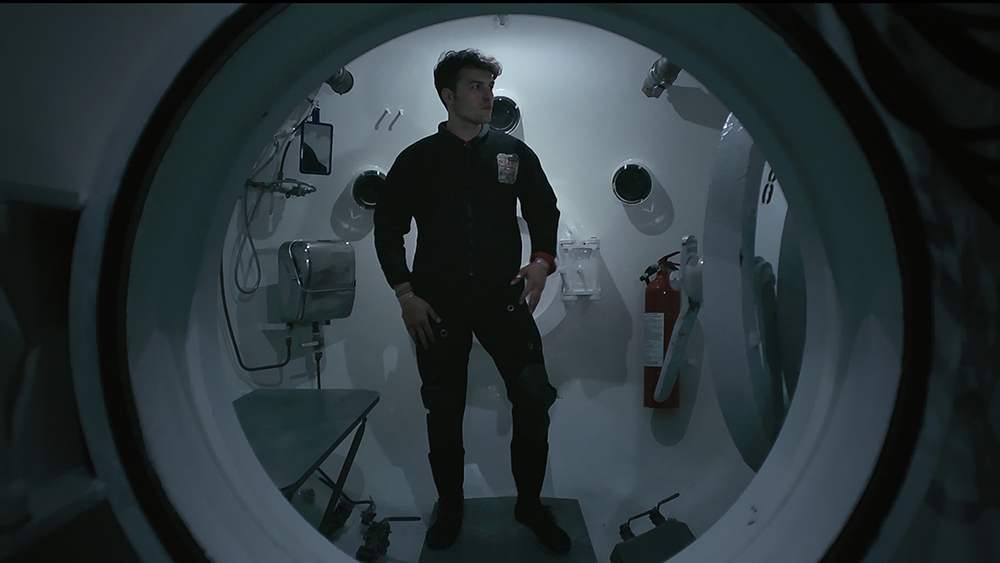
How much time did you spend in the quarry for Il Capo?
I stayed in the quarry for a long time and for days on end I filmed the slabs of marble that the quarrymen pulled from the mountain. I waited every day to see these blocks fall exactly at the centre of the scene that I had designed in my head. This is a part of my work that requires great patience, but equally readiness – I was filming on an active construction site, so I often had to be ready in an instant.
I shot for one year, filming all the work in the quarry, then I had a long post-production process. Amongst everything that I had seen and filmed, the most interesting moment seemed to me to be when the quarry chief directs the fall of the slabs of marble.
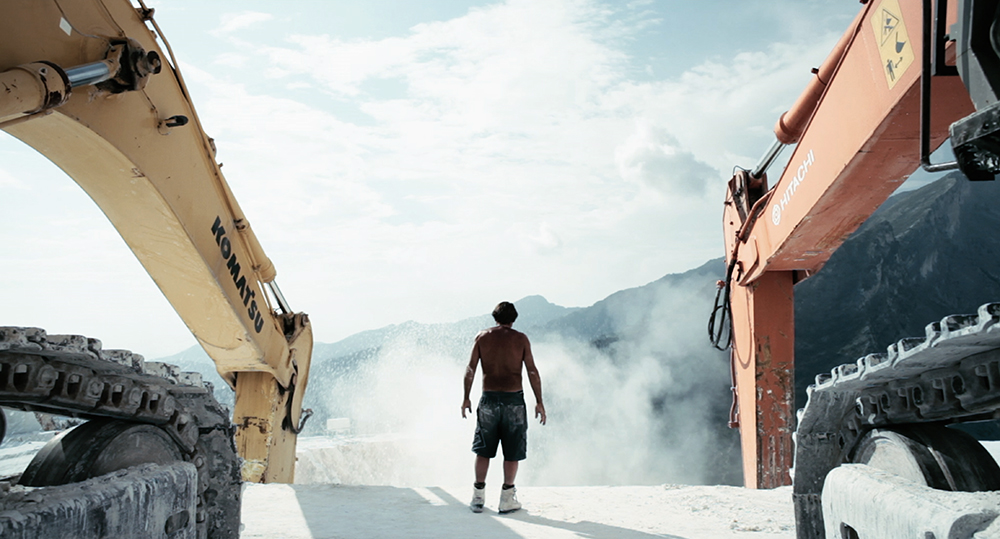
Why did you focus on the men working in the quarry?
Over the year that I was filming, I tried to establish a relationship with the workers, waking up at four in the morning to follow their usual working hours – I had to win their trust, to become a little like them. When I was in the quarry, everyone made fun of me because I didn’t have the physique. Interestingly, they didn’t see me as a filmmaker, just a bad quarryman, so I managed to make myself accepted and assimilated.
I believe it is fundamental to create this kind of relationship, and luckily I think I was quite good at it. More than professionalism, I think what you have to demonstrate is passion, and then people will be able to trust you.
Il Capo will be screening as part of the UC Berkeley Art Museum and Pacific Film Archive’s Architecture of Life series from 31st January to 29th May

